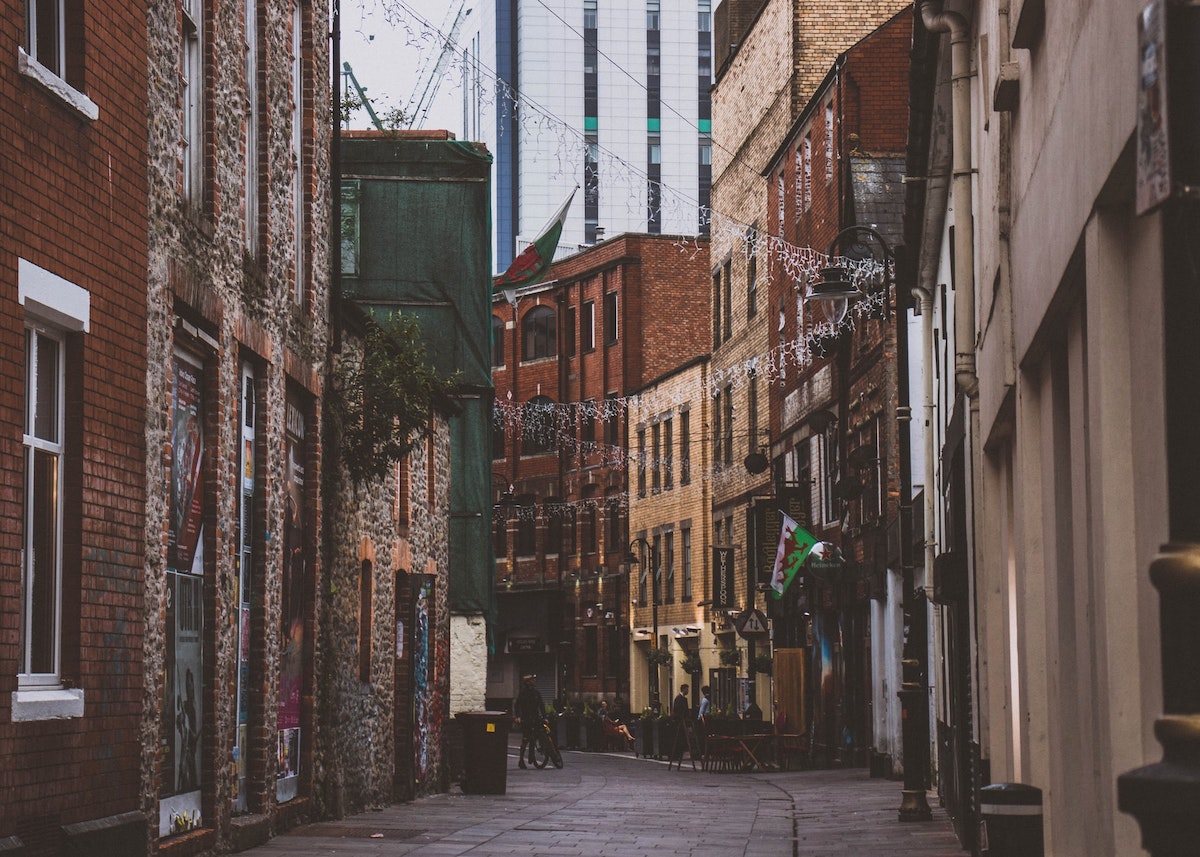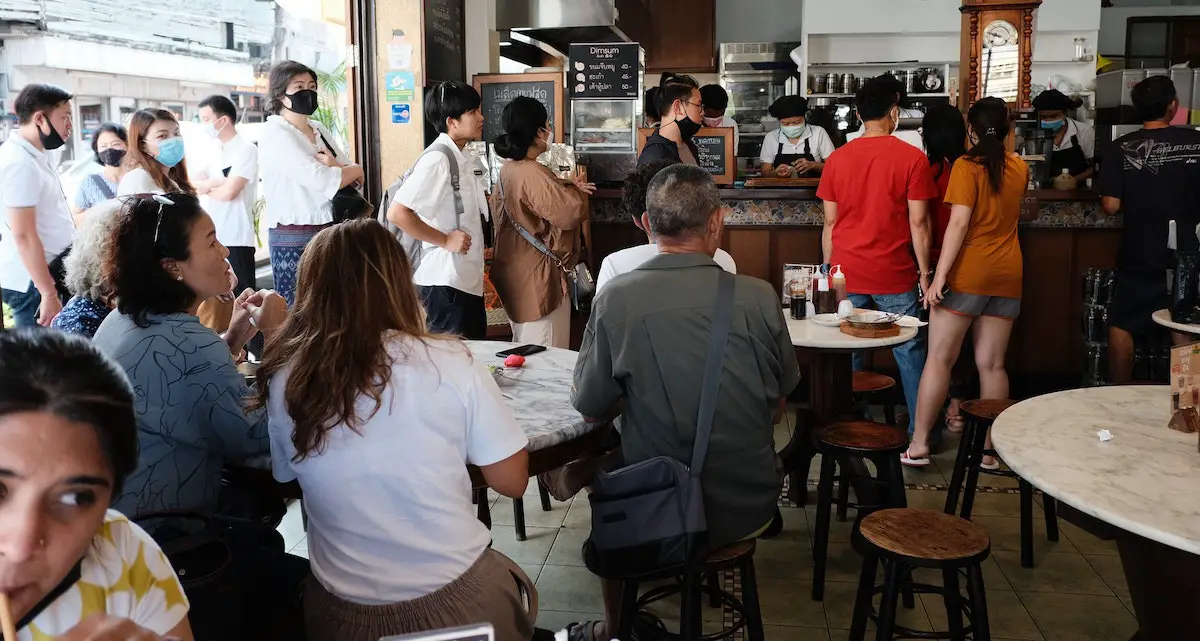How COVID Physical Distancing Projects are an Opportunity for National Park Cities
One year ago, in July 2019, the National Park City Foundation declared London the world’s first National Park City. An international charter published at the same time encourages other cities in the UK and internationally to pursue the accreditation. Differing to rural or urban National Parks or similar schemes designated by government bodies, the National Park City Foundation is a charity aiming to support the development of “cities where people and nature are better connected,” using their initiative to create “greener, healthier, wilder and fairer places to live”. Daniel Raven-Ellison, on receiving the accolade in London after a six-year campaign, said:
“Inspired by the aims and values of our precious rural national parks, the London National Park City is fundamentally about making life better in the capital through both small everyday things and long-term strategic thinking. We’ve been doing that in London for centuries, which is why London is so green and diverse, and why we can make it a National Park City today.”
Daniel Raven-Ellison, campaigner for National Park City status in London
In July 2020, strategic thinking about urban interventions is arguably a more familiar concept than ever. Responding to the impact of COVID-19, many cities are introducing changes to their streets to accommodate increased physical distance between people and provide space for those queueing for shops and services. Parklets are having a(nother) moment, having been introduced to widen pavements. Road interventions such as barriers and large planters have been deployed to reduce and slow traffic. In some cases, entire roads have been closed, including alongside parks, providing space for joggers, cyclists, and anyone else looking to get out of the house.
In all cases, a role for green infrastructure within these interventions is a common theme.

The National Park City Foundation calls for cleaner air, improved access to outdoor recreation opportunities, and better connections between people and nature. Aiming to make it easier for those in cities to engage with places that may not have been part of their lives before, the Foundation aspires to remind people of the value of green and blue infrastructure – a city’s “gardens, rivers, parks, woodland, nature reserves, canals, meadows, woodland, allotments, streams and lakes.”
While these aspirations are more lofty than the immediate need driving current physical distancing initiatives, they share similar potential outcomes. With sufficient political or community will, it is conceivable that some of these interventions become permanent benefiting citizens whether the cities themselves go on to achieve National Park City status or not.
World Urban Parks – an organisation involved in the National Parks City Foundation – is aiming for 25 National Park Cities to be established worldwide by 2025. The projects we are witnessing today, creating space, installing green infrastructure, forming connections between places and encouraging sustainable transport, could be a first step for cities on a journey to becoming a National Park City. After the announcement of London’s world-first status, campaigns in Newcastle and Glasgow were launched to become the UK’s next National Park City. For these cities and others, the urban interventions resulting from COVID-19 could be the next step towards National Park City status.
Photos: Edward Howell, Phil Reid.


